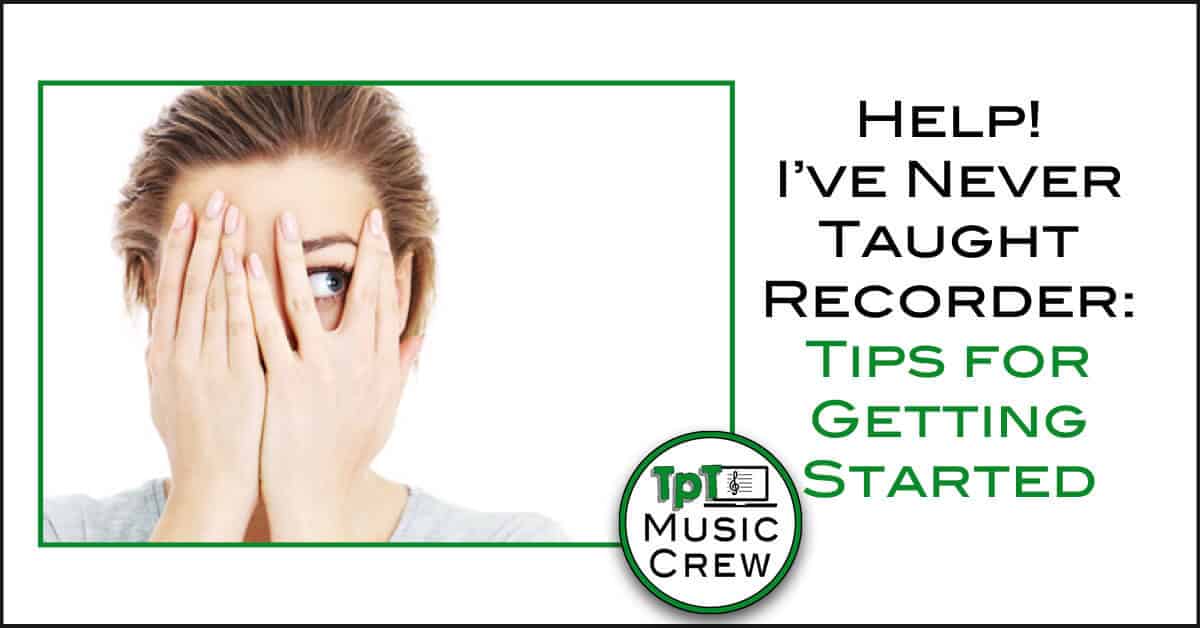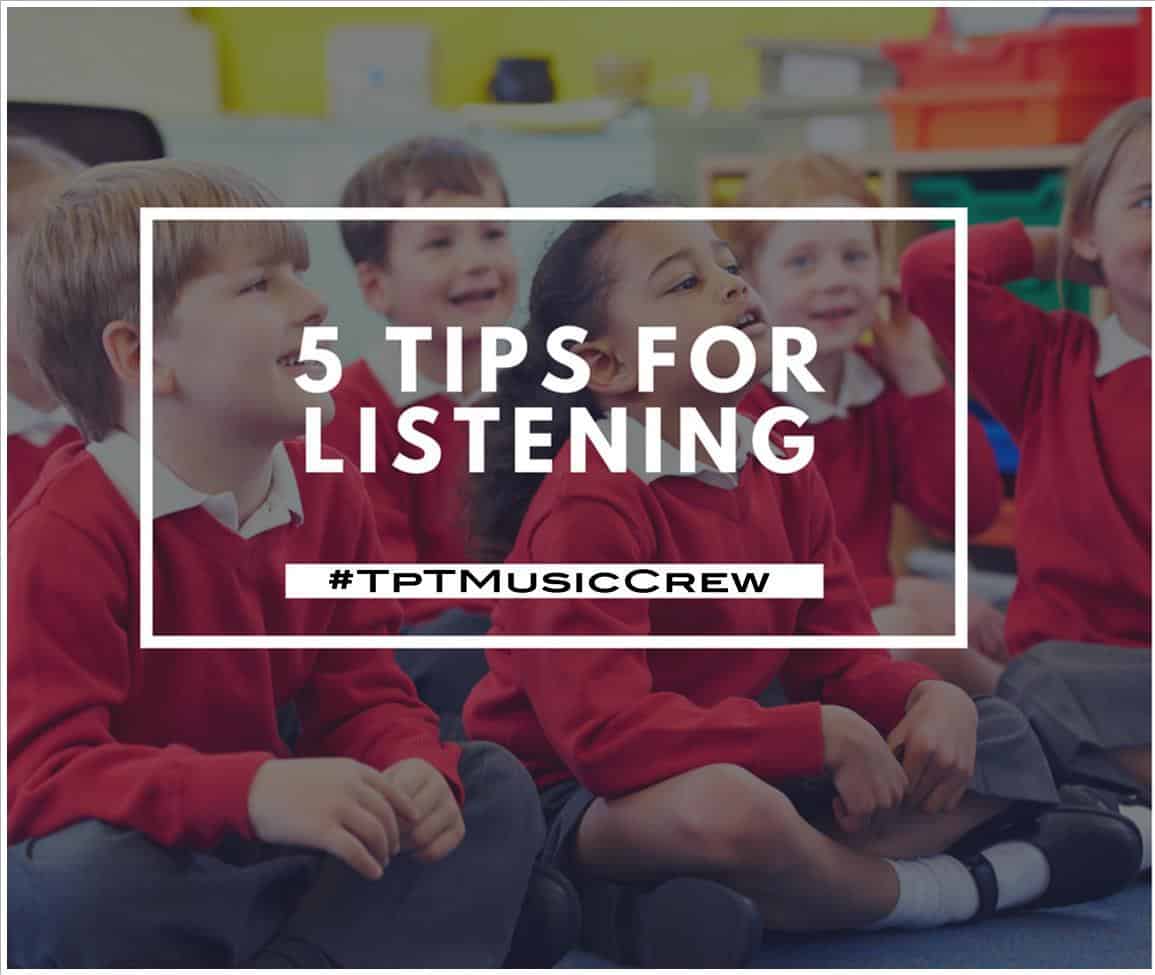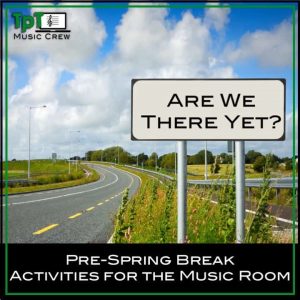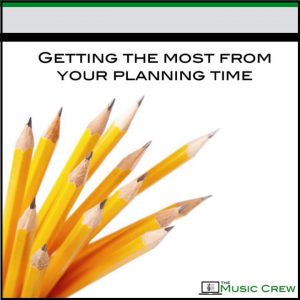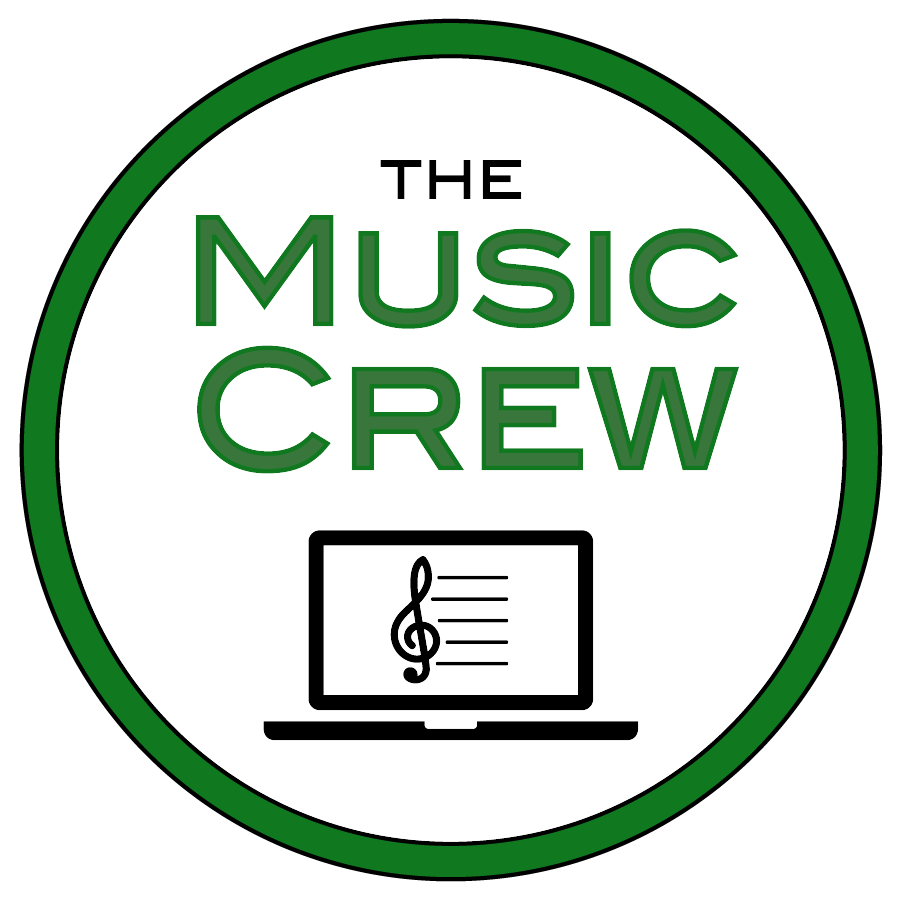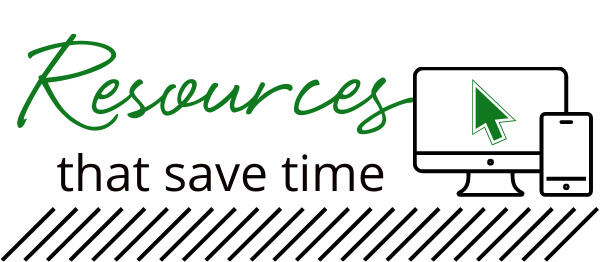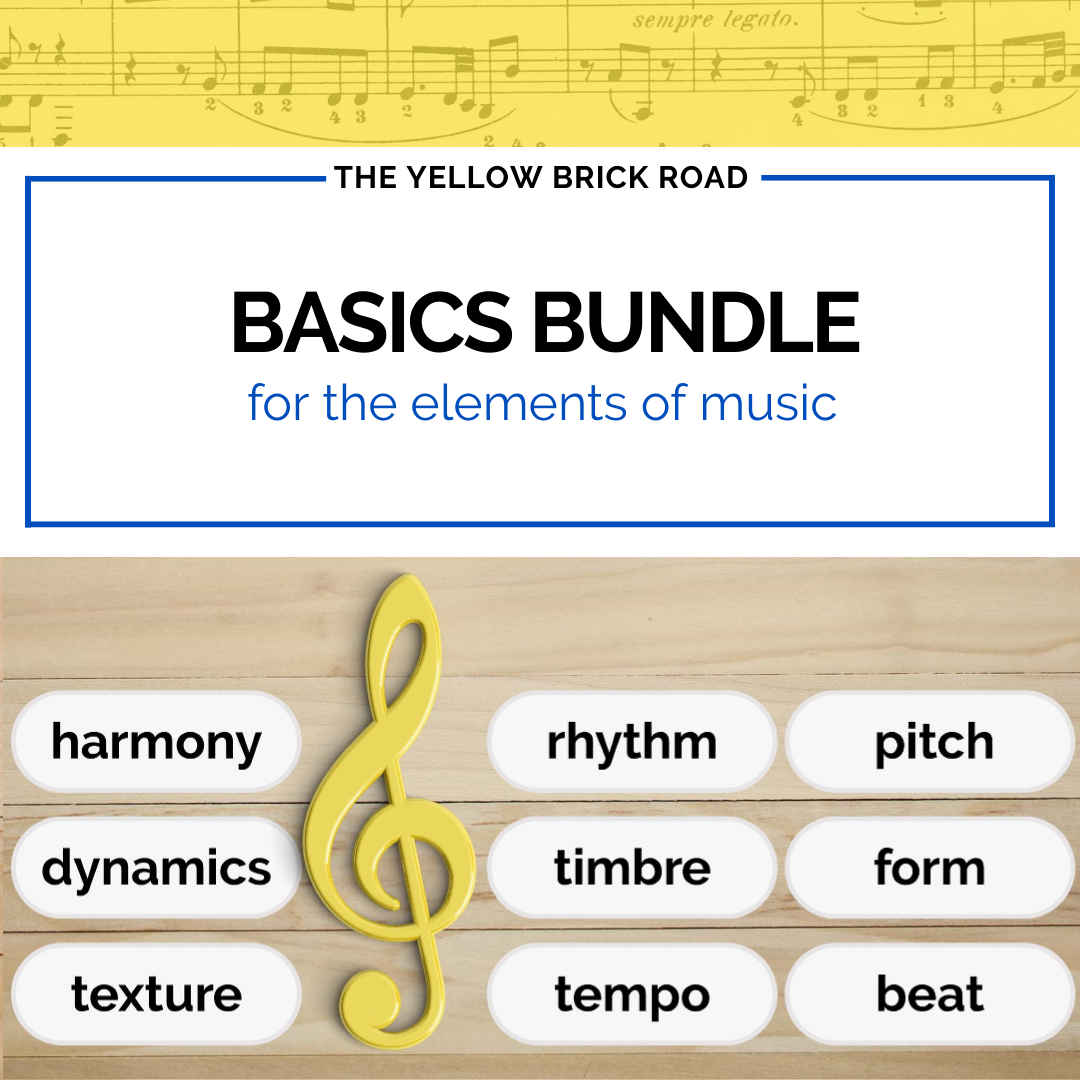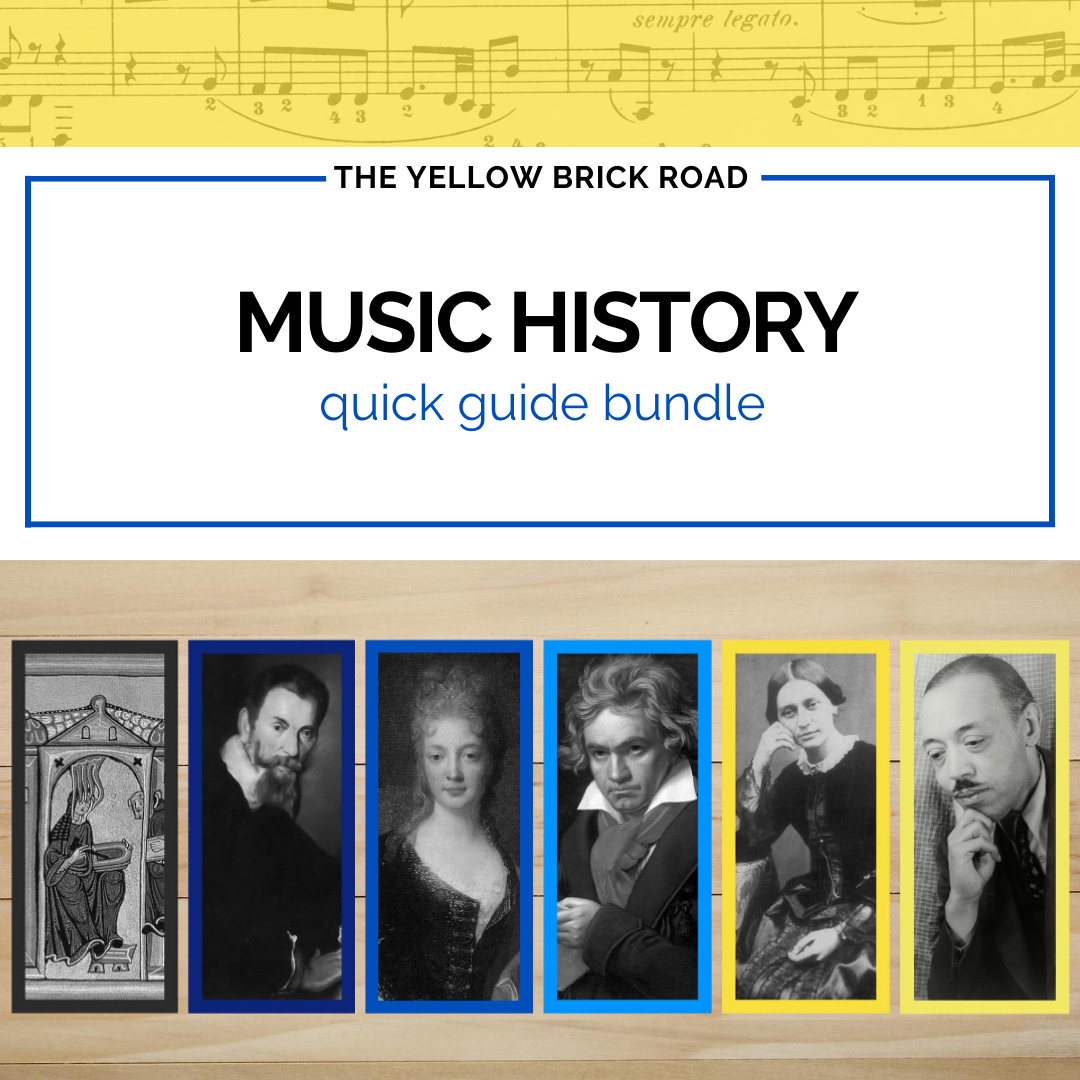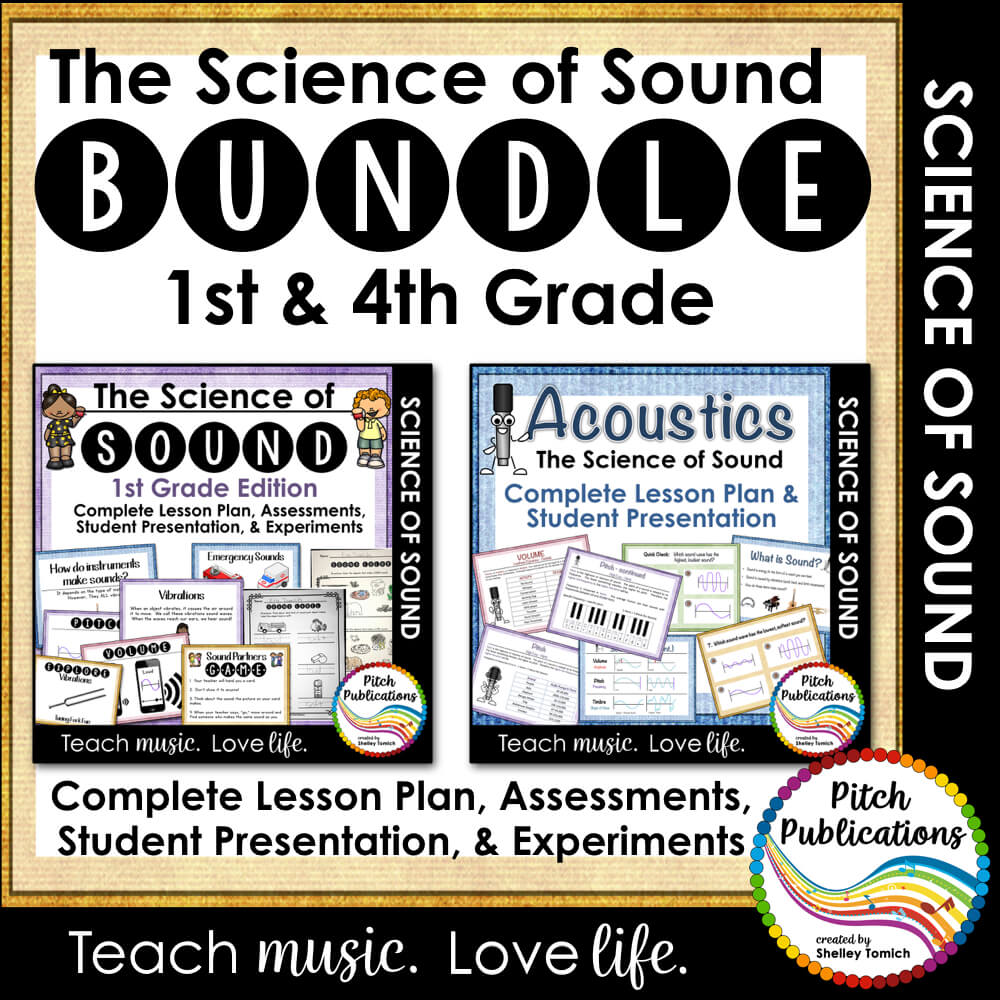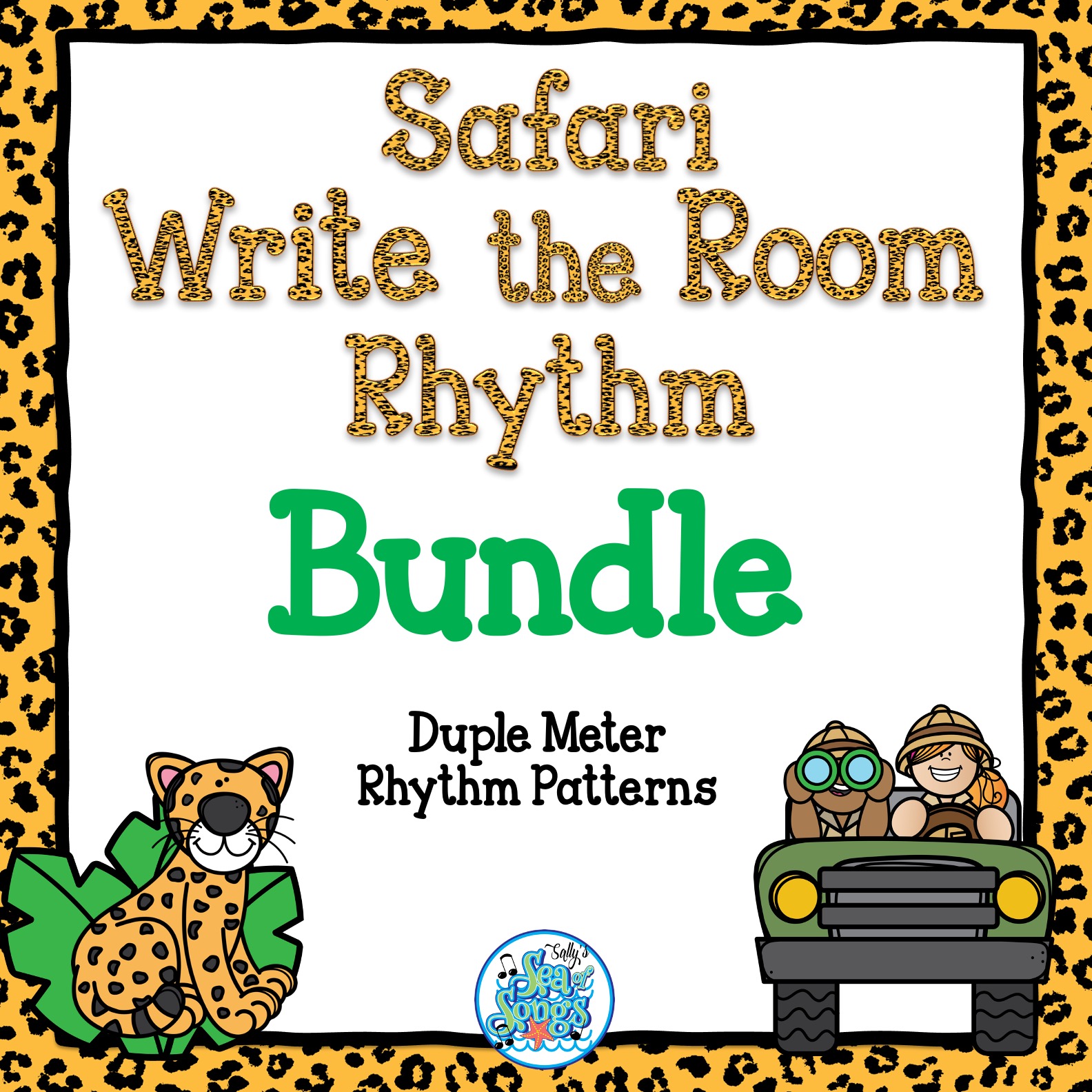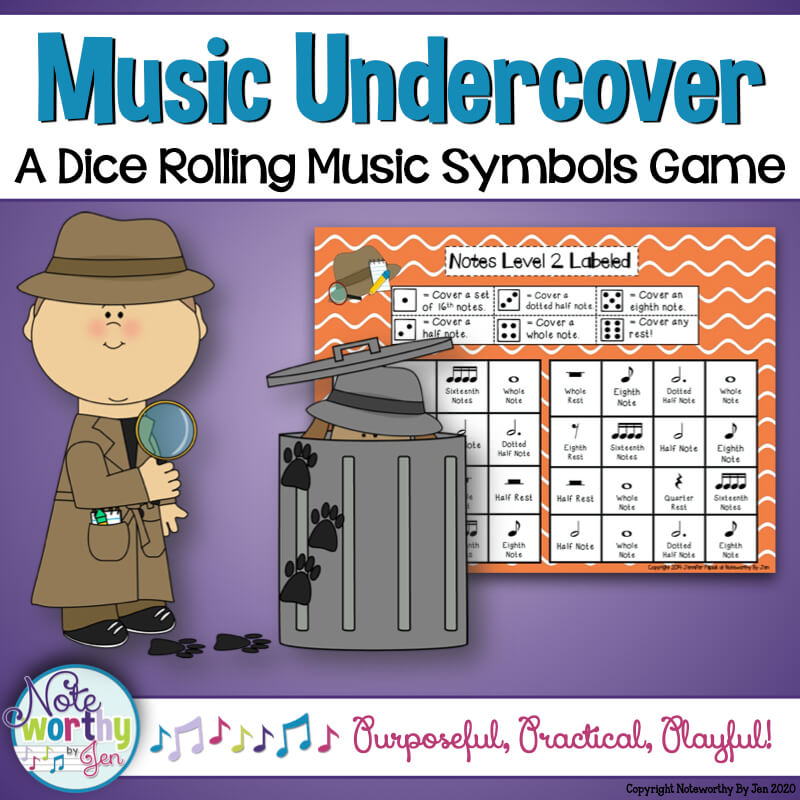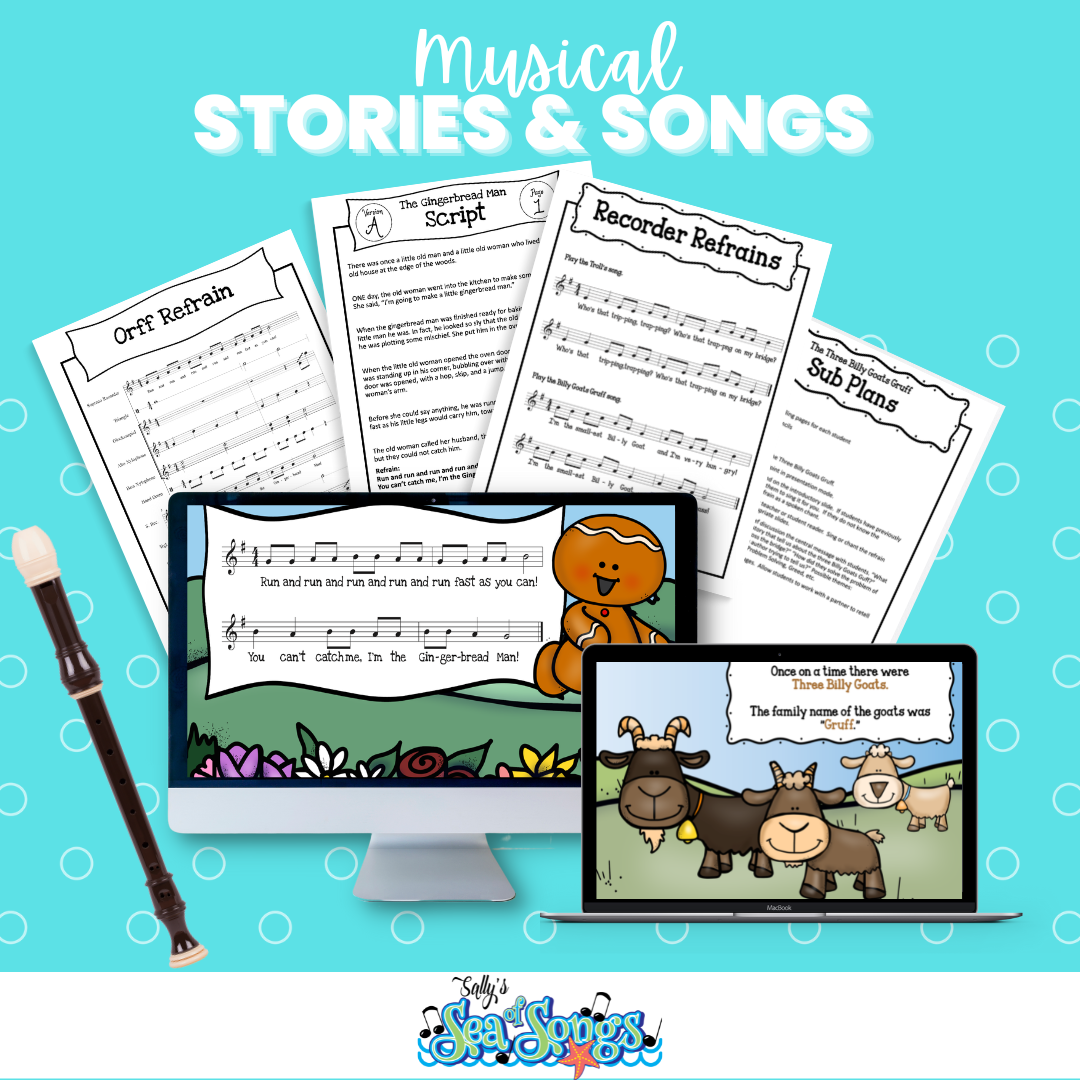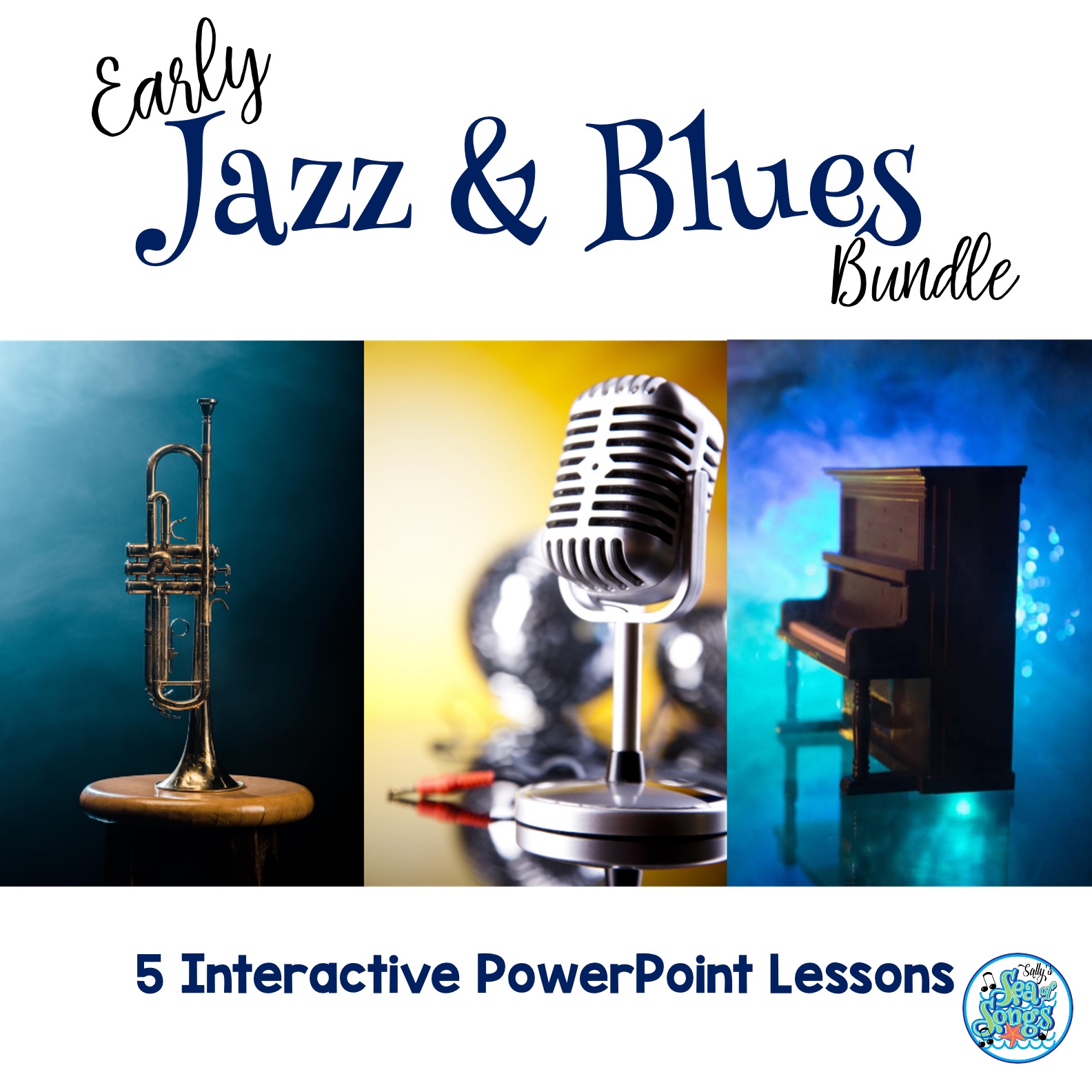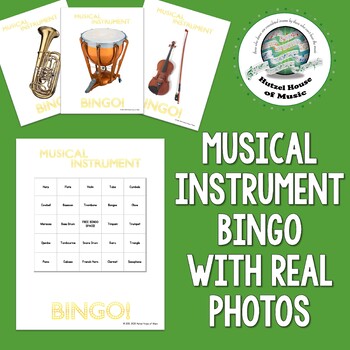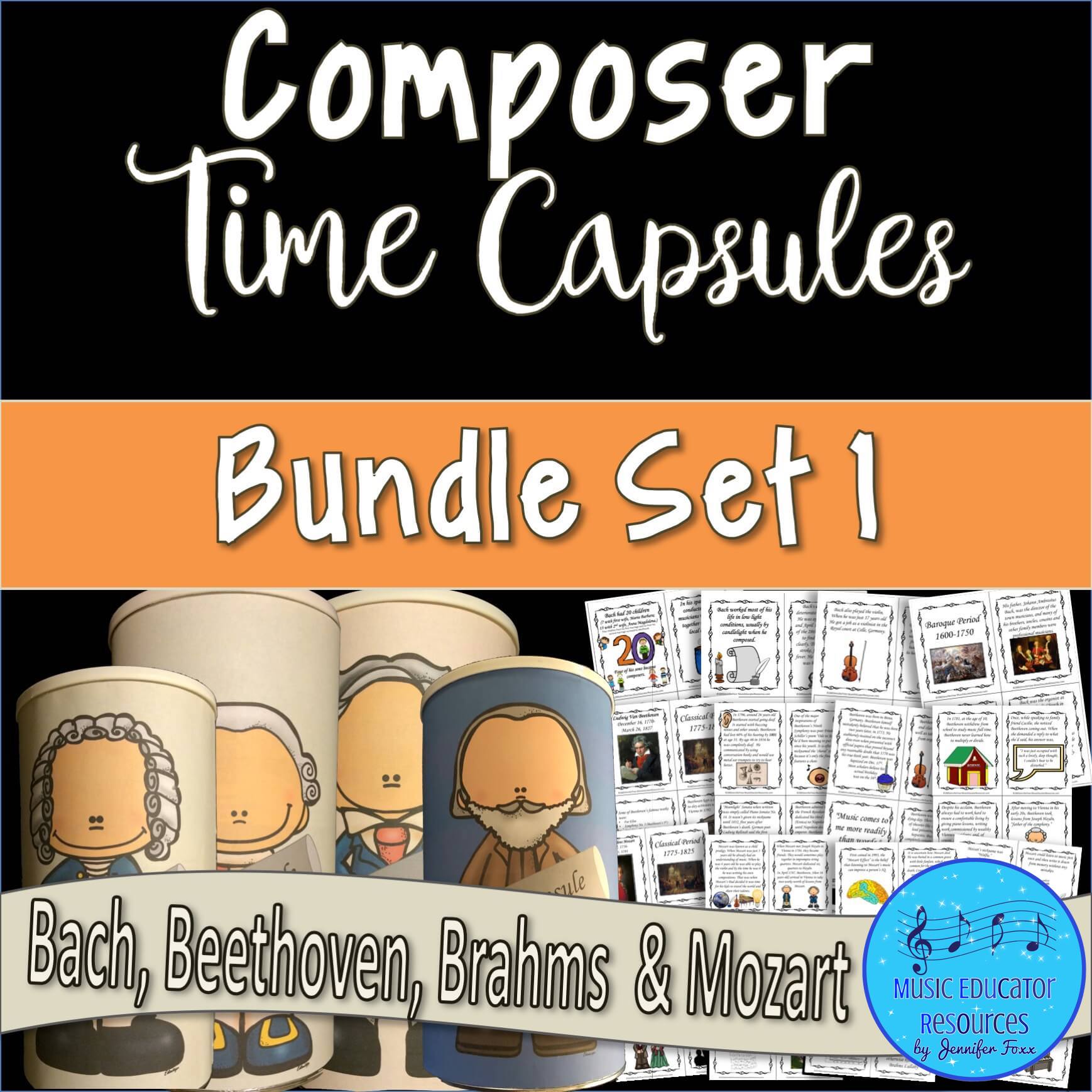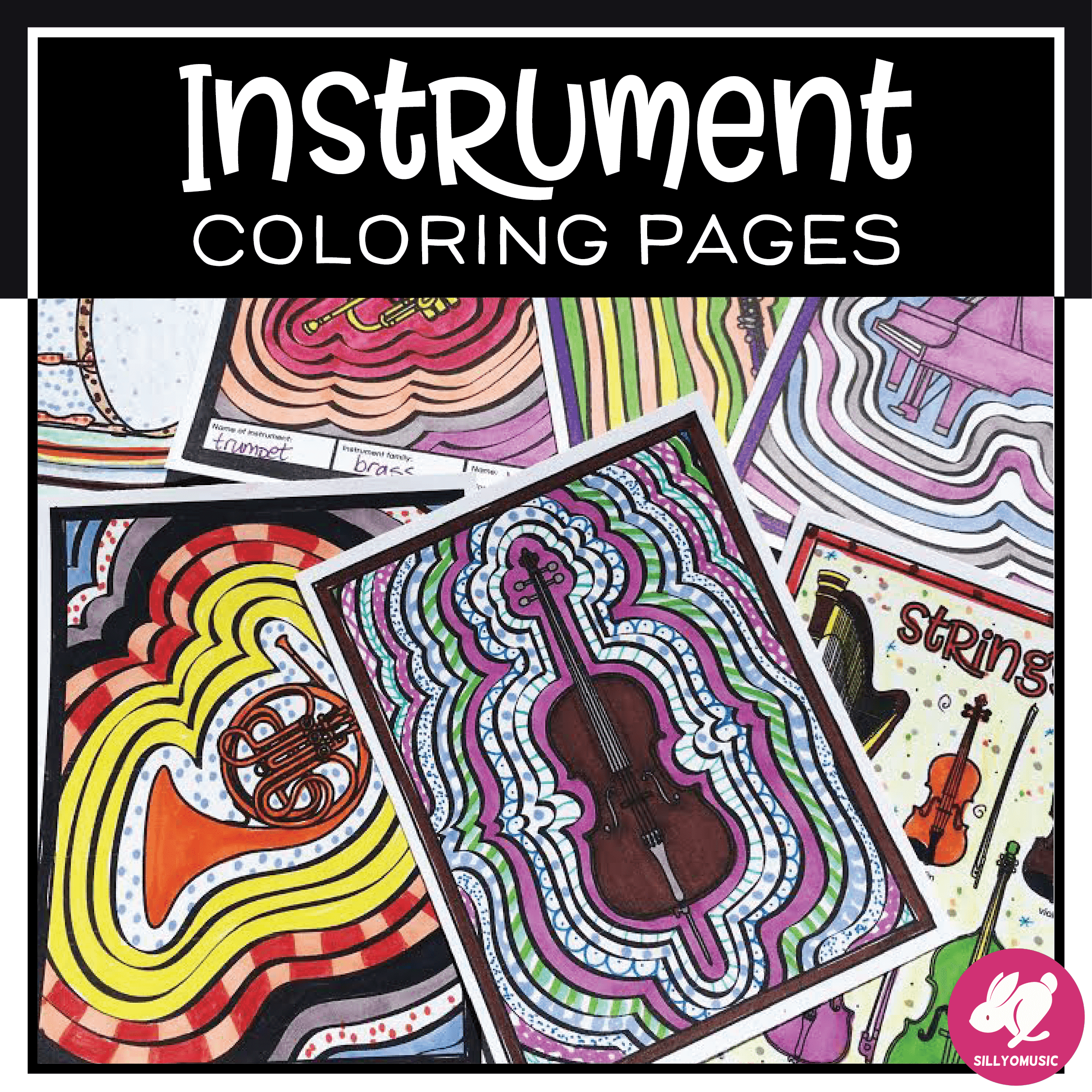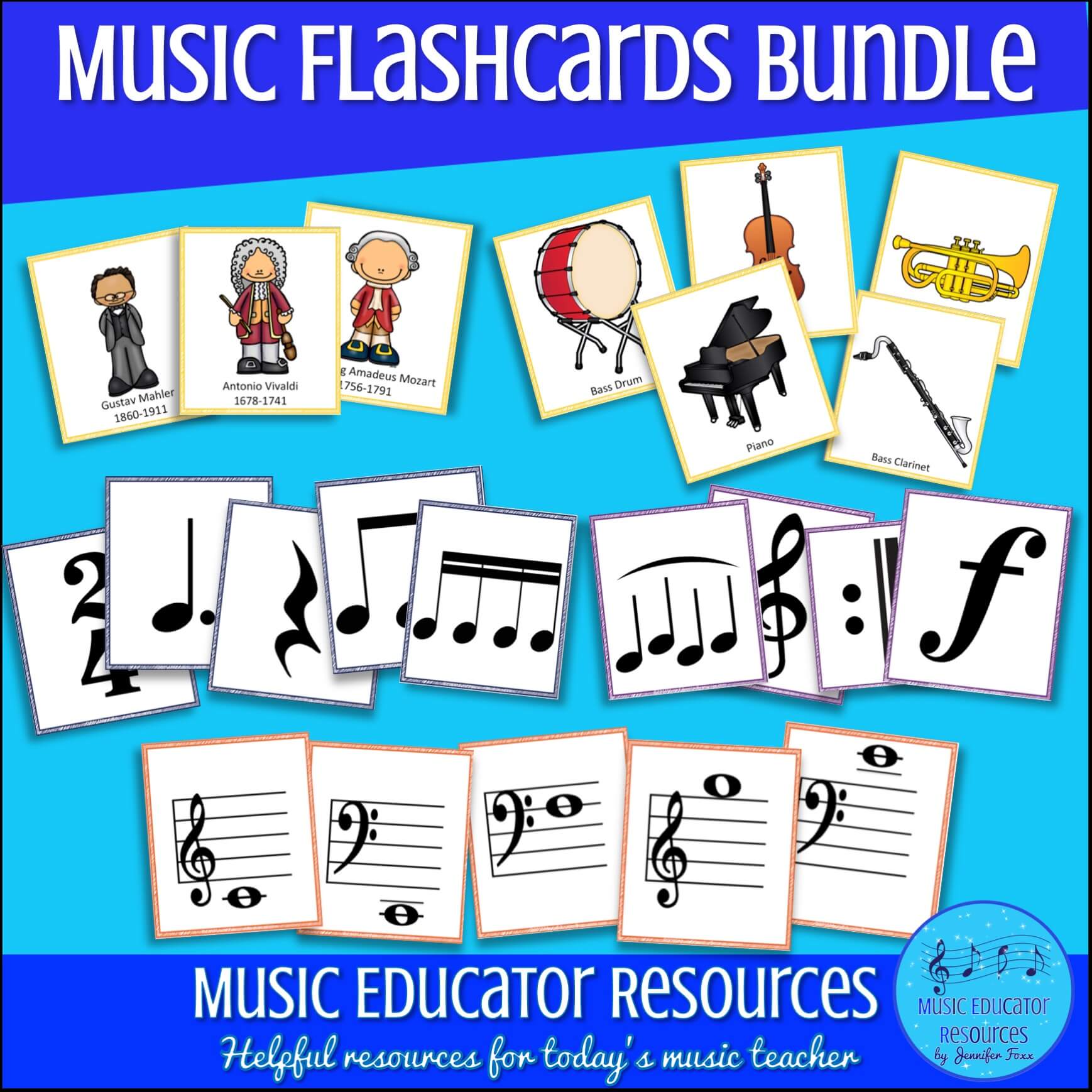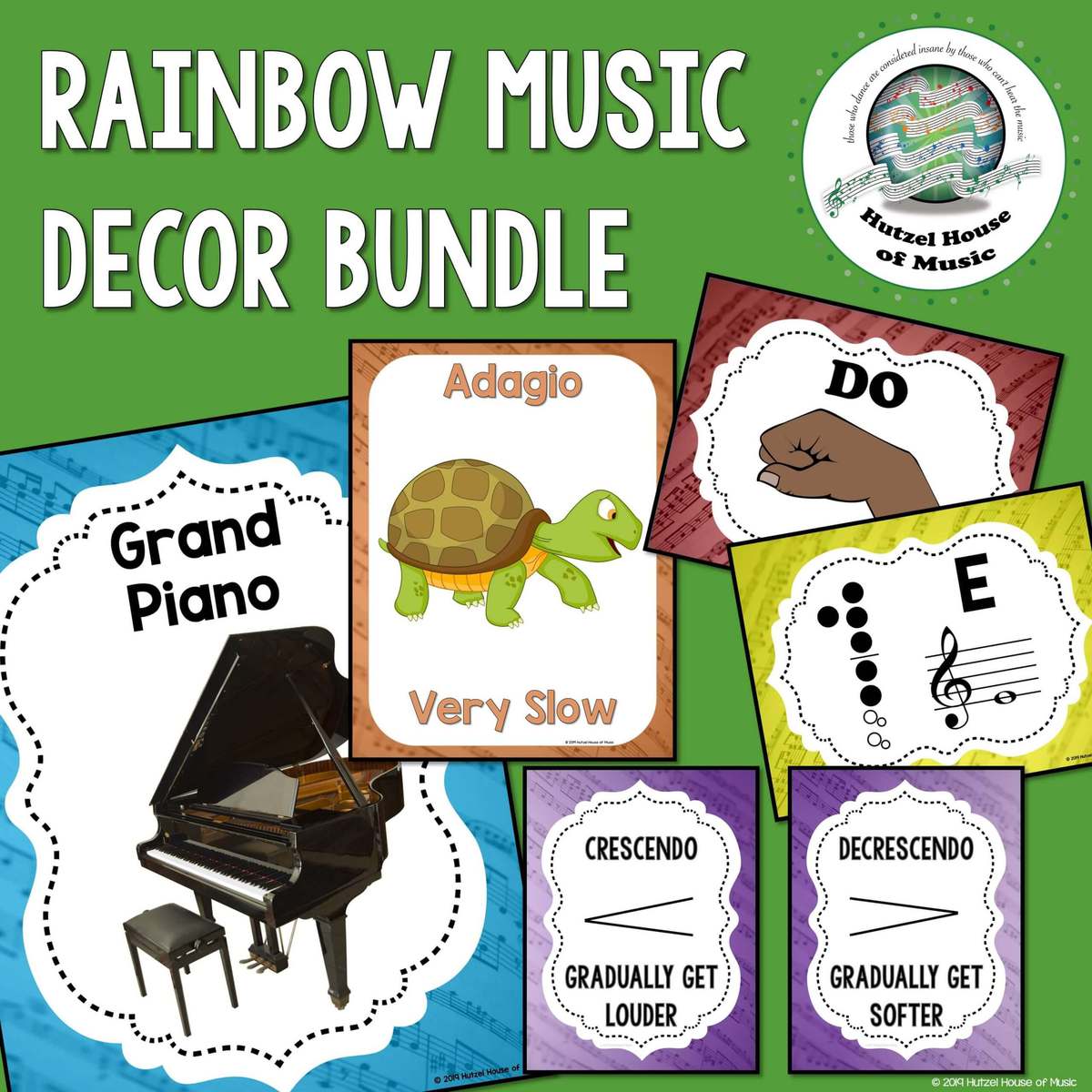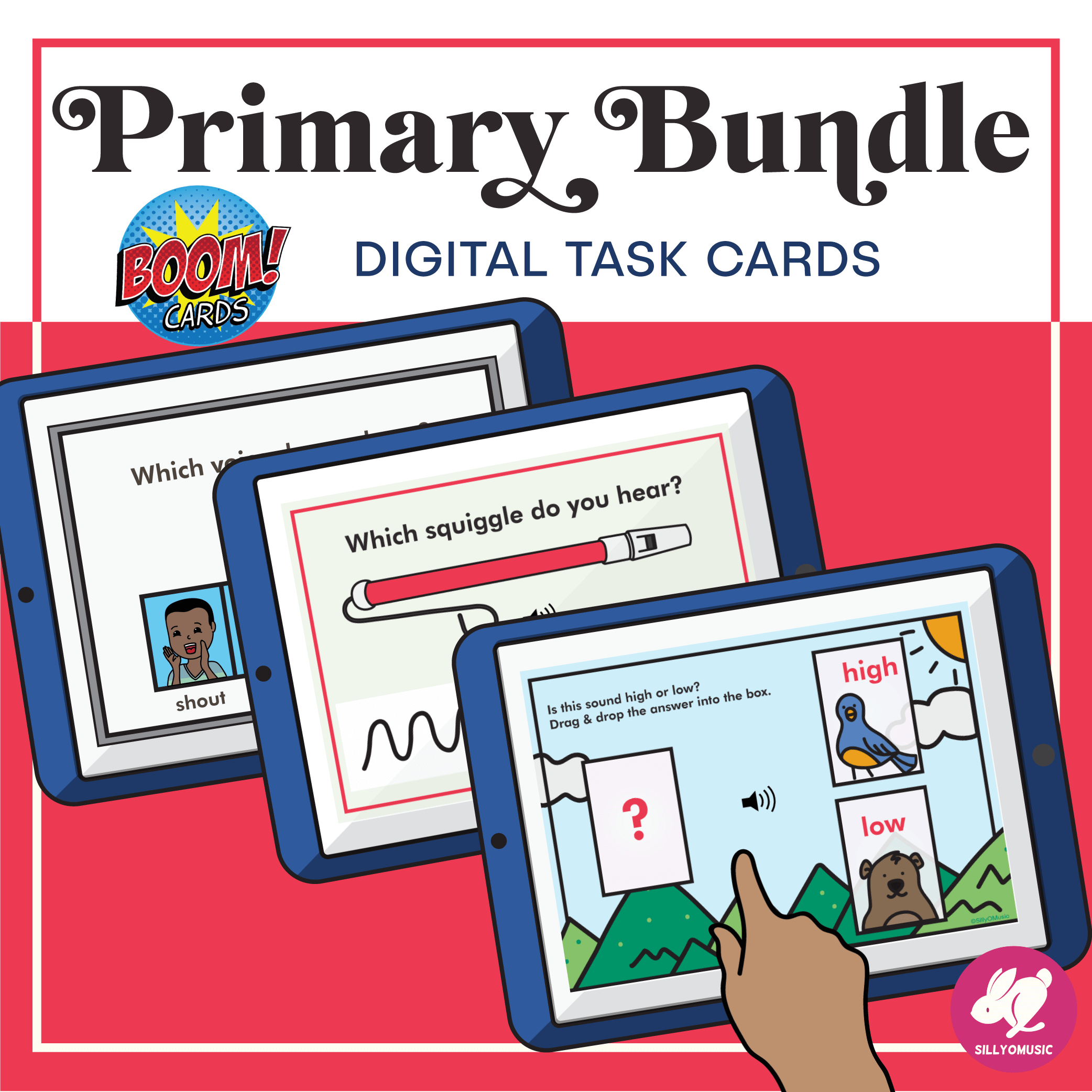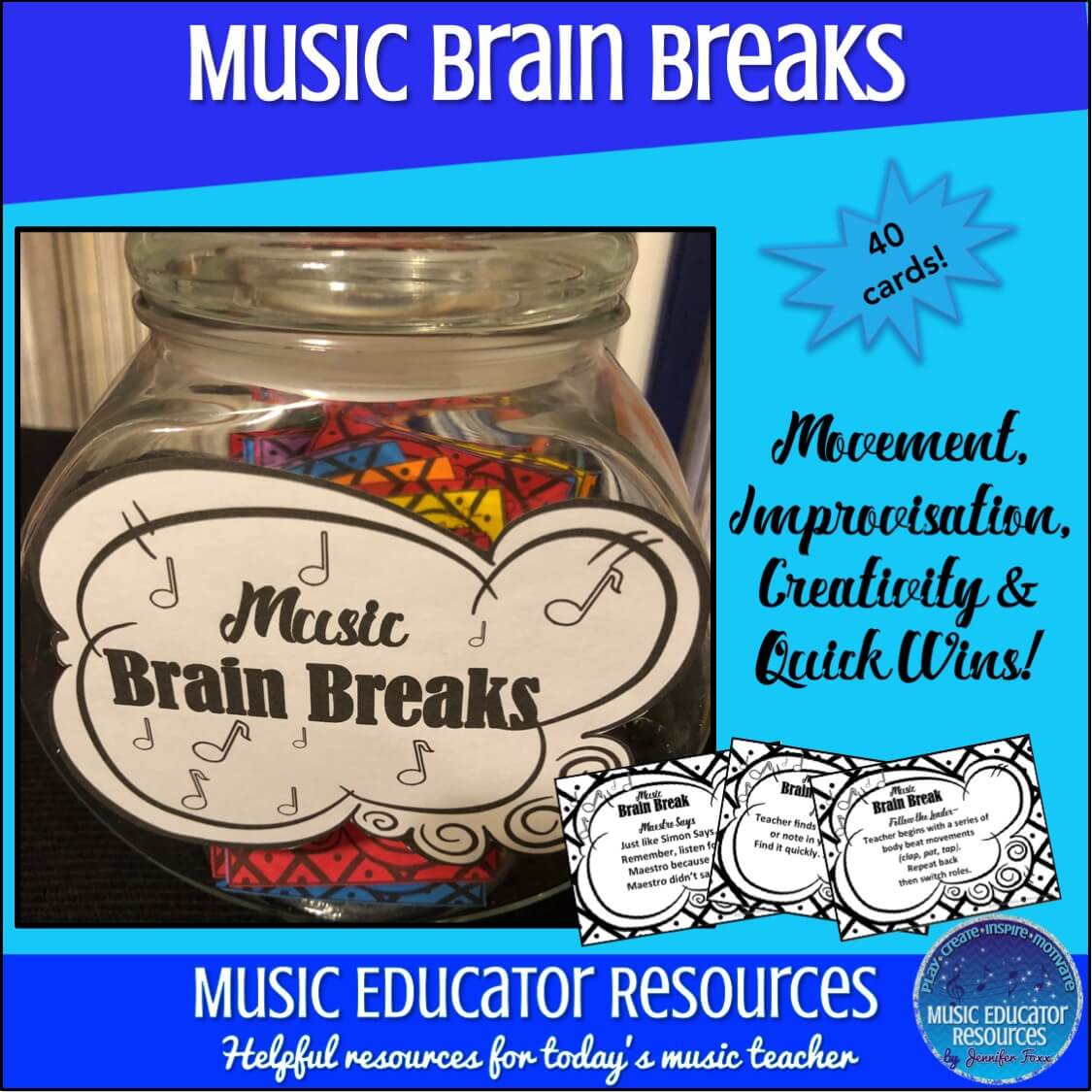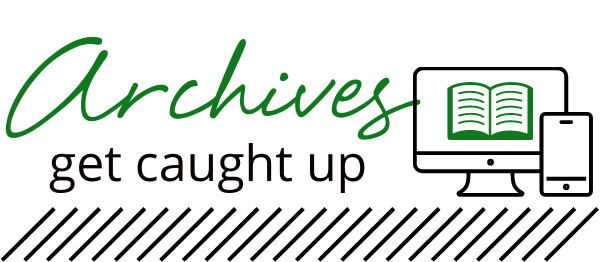You’ve excelled in music at high school, you’ve analyzed Bach in college, you’ve been taught by an instrumental professional (and probably are one yourself!), but now you have to teach RECORDER. This can strike fear in even a top-level orchestral performer. 30 noise-making, squeak-producing, left-hand-on-top instruments in the hands of 30 3rd-5th grade children. Where to even start?
Initial Challenges:
- What type of recorders to order? I recommend the Yamaha Soprano Recorders. Most recorder methods use Baroque fingering, so be sure the recorders you order have Baroque fingering. There are plenty of other great recorder options out there, so you may want to order samples and see what recorders you like the sound of–after all, you are going to be hearing A LOT of that sound!
- What curriculum to use? There are so many options. Find one that fits your teaching style and go for it! If you are tight on a budget, you may want to consider a method that allows you to make copies for student books versus having to purchase books every year. Here are some ideas:
- Recorder Karate (students earn belts for the songs they complete)
- Recorder Resources Kit 1 (very sequential and self-explanatory if you are new to recorder playing)
- Teachers Pay Teachers Options: EEEase into Recorder Bundle, Recorder Mega Pack, Recorder Cat Bundle, The Differentiated Recorder Bundle, The Kodály-Aspiring Recorder Method, and Recorder Essentials.
- You will need to create clear expectations for when students are allowed to play and when they aren’t. Create a rest position, practice position (fingers practice but no blowing), and ready position. Don’t be afraid to take recorders away the very first day for students who don’t follow directions. It will save you a lot of grief the rest of the year.
- Students WILL forget their recorders if they take them home to practice. Order some extras to use in your classroom along with sterispray or sterisol to clean them between uses.
Let’s talk about recorder basics:
- Left hand goes on top regardless of dominant hand. Make exceptions for this only for students who have physical limitations that keep them from using one of their hands. Teaching Tip: One way to help students remember to use their left hand is to put a stamp on their left hand the first few days they play. If you buy scented ink pads, they will love it even more! “Keep the sniffy hand closest to your nose!”
- Cover the holes completely. Students should be using the squishy finger pad part of their finger to cover the holes. Any leaks will create squeaks!
- Use slow, warm air to play. This is the biggest cause of squeaking when students initially start playing recorder. The lower the note, the less air they will need.
Beginning Activity:
Here’s a fun pre-recorder activity shared with me by my colleague, Amy Fenton. She teaches recorder at Orff Levels courses around the country during the summer.
Supplies: straws, cotton balls, disinfectant wipes, and tables (see if you can use your cafeteria)
Game 1
- Put students in groups of 4 or 5.
- Have students stand around a table and determine which section of the table is theirs before they begin. The sections should be of equal size (a great time to talk about fractions!).
- They will be playing a game where they stand around a table and try to blow a cotton ball off the table in another student’s section (no hands allowed). If the cotton ball goes off of their section, they are out and the remaining students need to “redraw” which section is theirs so that sections are even again. Students who are out can help referee who gets out.
- Let students play this game a few times then talk about how much air they had to use to win.
Game 2
- This time the goal is to pass the cotton ball from student to student around the outside edge of the table without it falling off. You could make this game competitive, but I tell them that no one gets out in this game.
- Play this a few times and then talk about how the amount of air changed from what they used in the first game.
- Tell students they will be doing the same game but blowing through straws. Have them hypothesize if they will need more or less air.
- Pass out straws, play, and discuss the amount of air needed. It’s important for them to realize that blowing air through the recorder and the straw are similar: a little air goes a long way, so you don’t need much!
I hope this activity is a fun start for your students! Then it’s time to put the recorders in their hands and work on blowing SLOW. You can do it!
Musically Yours,
Jen

